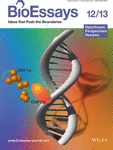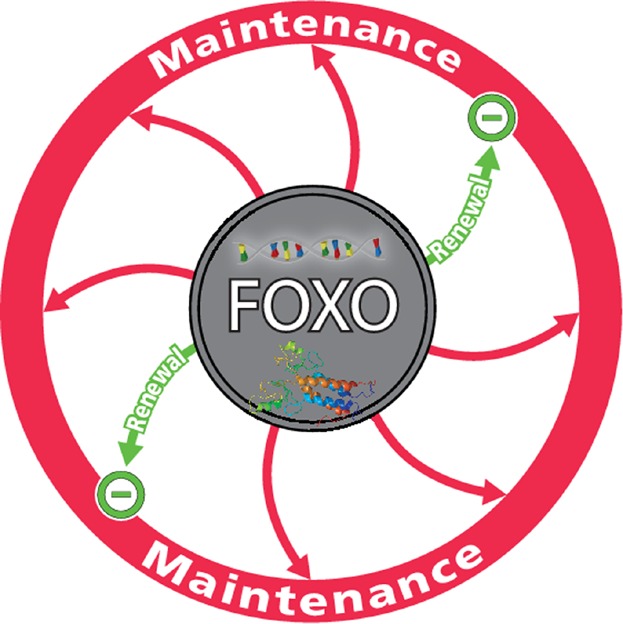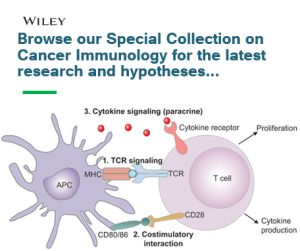Journal list menu
Export Citations
Download PDFs
Cover Picture
BioEssays 12∕2013
- First Published: 18 November 2013
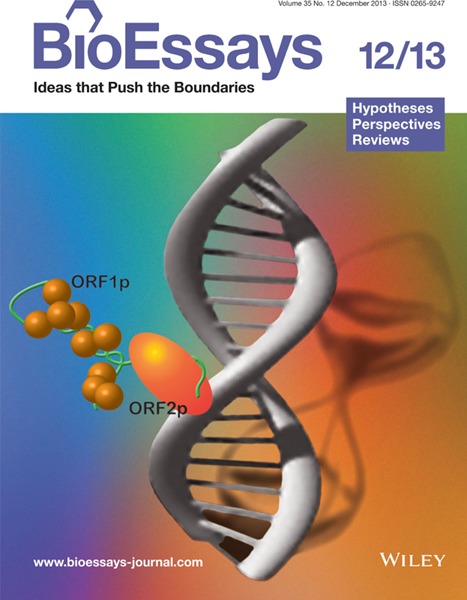
Increased jumping contributes to aging. During aging, normally silenced endogenous retrotransposable elements (RTEs) may get activated. On pages 1035–1043 John Sedivy et al. hypothesize that the ensuing active transposition and associated genome destabilization may be an important molecular process contributing to aging. Long interspersed nuclear elements (LINEs), such as the mammalian L1, constitute one group of RTEs, and recent data demonstrate that L1 copy number increases in senescent fibroblasts. The exact mechanisms triggering these events, however, still remain to be elucidated. The cover shows the L1 nucleoprotein complex (RNA in green, protein in orange) attacking the target DNA.
Masthead
Editorials
A twist in the FOXO tale: Edging closer to revealing the secrets of unlimited tissue renewal
- Pages: 1015-1016
- First Published: 18 November 2013
In grateful recognition of our Editorial Board and Guest Editors
- Pages: 1018-1019
- First Published: 18 November 2013
Contents and highlights of this issue
Idea to watch
Connecting the dots between G proteins, G protein coupled receptors, and neuronal nicotinic acetylcholine receptors (Comment on DOI
10.1002/bies.201300082 )
- Page: 1022
- First Published: 18 November 2013
Rearranging senescence: Transposable elements become active in aging cells (Comment on DOI
10.1002/bies.201300097 )
- Page: 1023
- First Published: 18 November 2013
Ceci n'est pas une DNMT: Recently discovered functions of DNMT2 and their relation to methyltransferase activity (Comment on DOI
10.1002/bies.201300088 )
- Page: 1024
- First Published: 18 November 2013
Insights & Perspectives
Hypotheses
Are nicotinic acetylcholine receptors coupled to G proteins?
- Pages: 1025-1034
- First Published: 08 October 2013
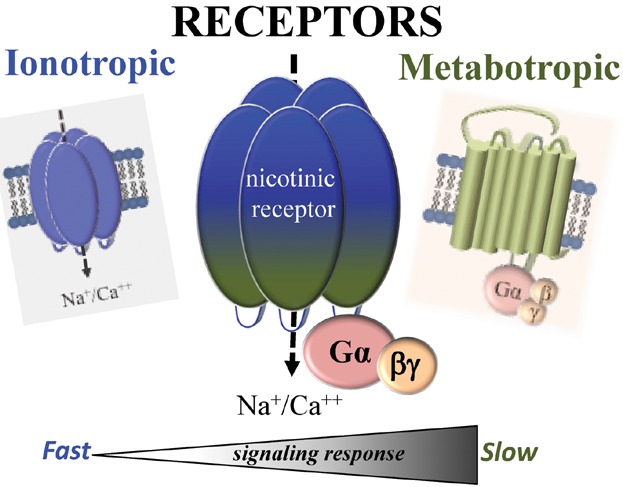
Receptor signaling is thought to occur on two time scales: fast and slow. Ligand-gated ion channels, such as the nicotinic receptor, are known to operate by rapidly conducting ions into the cell. We explore new evidence of an interaction between nicotinic receptors and G protein signaling in neurons.
Death by transposition – the enemy within?
- Pages: 1035-1043
- First Published: 15 October 2013

Transposable elements are autonomous DNA parasites that are largely deleterious to their host genomes. Cells use multiple mechanisms to silence them but activation is increasingly being found in somatic tissues. Surveillance can break down with aging, and genome destabilization caused by active transposition may be an important molecular aging process.
Ideas & Speculations
Dnmt2 methyltransferases and immunity: An ancient overlooked connection between nucleotide modification and host defense?
- Pages: 1044-1049
- First Published: 09 September 2013
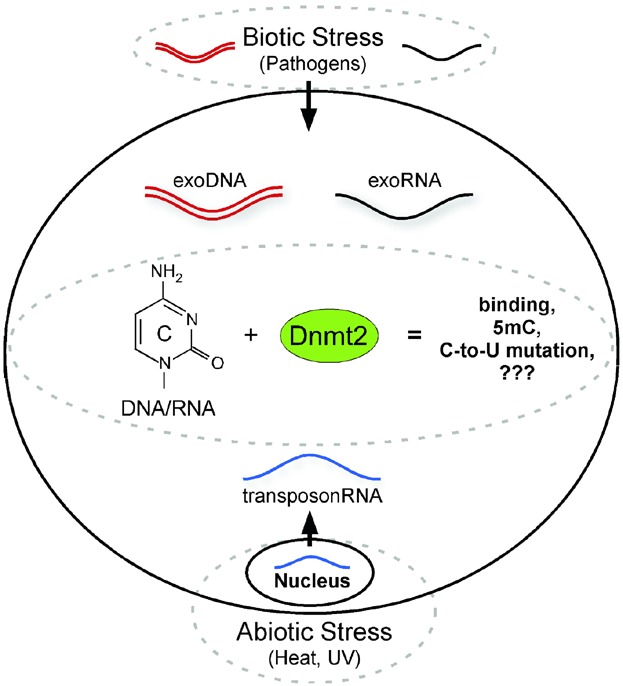
Recent observations indicated that Dnmt2 proteins, which belong to a highly conserved DNA cytosine methyltransferase family, are important for the response to RNA-based stressors, including transposons, viruses, and experimentally introduced small RNAs. Is Dnmt2 part of an ancient defense system that employs nucleotide modifications against invading pathogens?
Think again
What is the total number of protein molecules per cell volume? A call to rethink some published values
- Pages: 1050-1055
- First Published: 20 September 2013
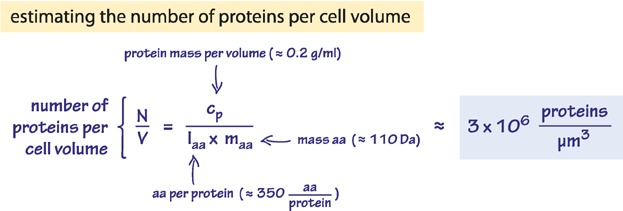
We estimate the expected total number of proteins per unit cell volume as 2–4 million proteins per cubic micron. Some reported values for fission yeast and mammalian cells using mass spectrometry are 3–10 times lower than these estimates. We discuss this apparent discrepancy and how to recalibrate proteome-wide quantitative censuses.
What do you mean by transcription rate?
The conceptual difference between nascent transcription rate and mRNA synthesis rate is essential for the proper understanding of transcriptomic analyses
- Pages: 1056-1062
- First Published: 17 September 2013
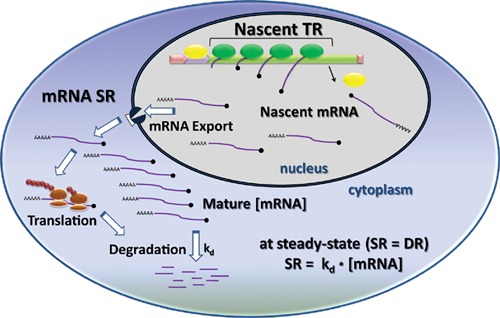
Transcription rate encompasses two related, yet different, concepts: the nascent transcription rate, which measures the in situ mRNA production by RNA polymerase, and the rate of synthesis of mature mRNA, which measures the contribution of transcription to the mRNA concentration. It is important to distinguish when to use each one.
Prospects & Overviews
Recently in press
Toggling a conformational switch in Wnt/β-catenin signaling: Regulation of Axin phosphorylation: The phosphorylation state of Axin controls its scaffold function in two Wnt pathway protein complexes
- Pages: 1063-1070
- First Published: 19 September 2013
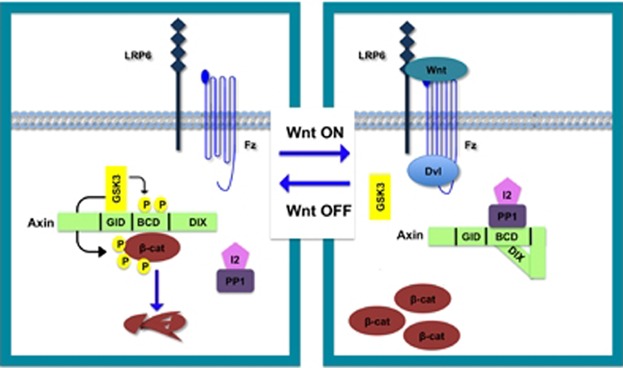
The mechanism by which the Wnt pathway stabilizes β-catenin, a key transcriptional co-factor, remains controversial. Recent studies have revealed that the phosphorylation state of an essential regulator of the pathway, Axin, controls its conformation and, consequently, its availability to scaffold two opposing Wnt pathway protein complexes that regulate β-catenin stability.
Review essays
Jumping the fine LINE between species: Horizontal transfer of transposable elements in animals catalyses genome evolution
- Pages: 1071-1082
- First Published: 03 September 2013
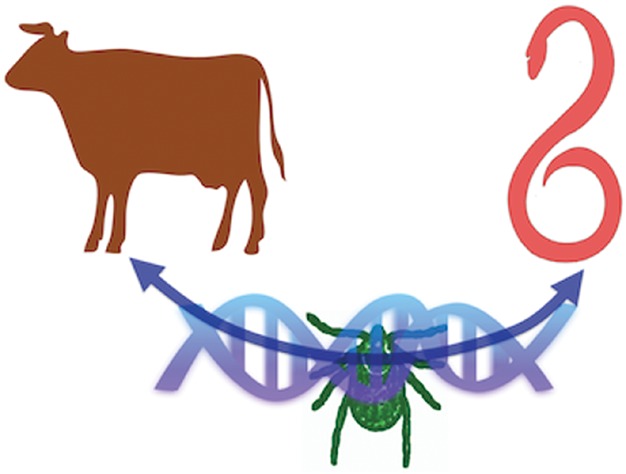
Transposable elements, particularly retrotransposons account for about half of vertebrate genomes. Retrotransposons are mobile DNA elements that can copy and paste throughout the genome in the germline and somatic tissues, and are a significant cause of structural variation. Retrotransposons can also horizontally transfer to new genomes and ultimately alter them.
Multiple actions of Lucilia sericata larvae in hard-to-heal wounds: Larval secretions contain molecules that accelerate wound healing, reduce chronic inflammation and inhibit bacterial infection
- Pages: 1083-1092
- First Published: 07 October 2013

The FDA has approved larval therapy as a device for debridement of chronic wounds. Other beneficial effects of larvae of Lucilia sericata and their secretions on wounds have been observed, such as antibacterial, antibiofilm, and anti-inflammatory activities. These effects can explain how chronic wounds may shift into healing wounds.
The non-coding skin: Exploring the roles of long non-coding RNAs in epidermal homeostasis and disease
- Pages: 1093-1100
- First Published: 25 September 2013
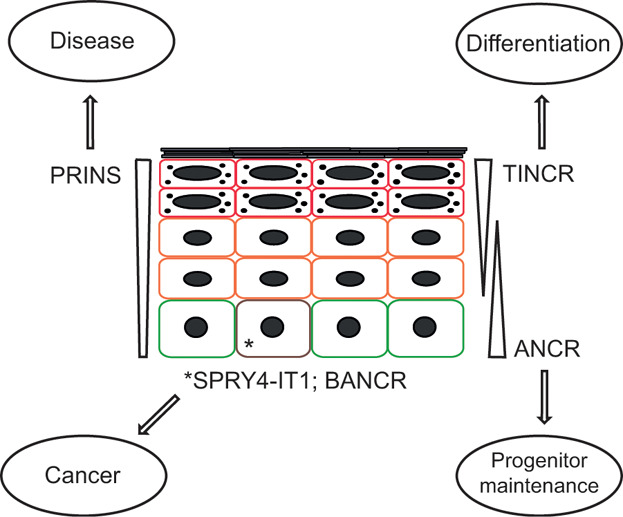
Long non-coding RNAs (lncRNAs) have recently been shown to control a wide variety of gene regulatory processes. In mammalian skin, lncRNAs appear to regulate the intricate balance between progenitor cells undergoing continual regeneration in the basal layer and highly differentiated cells forming the epidermal permeability barrier.
FOXO in aging: Did evolutionary diversification of FOXO function distract it from prolonging life?
- Pages: 1101-1110
- First Published: 20 October 2013
Problems & Paradigms
How do taste cells lacking synapses mediate neurotransmission? CALHM1, a voltage-gated ATP channel
- Pages: 1111-1118
- First Published: 17 September 2013
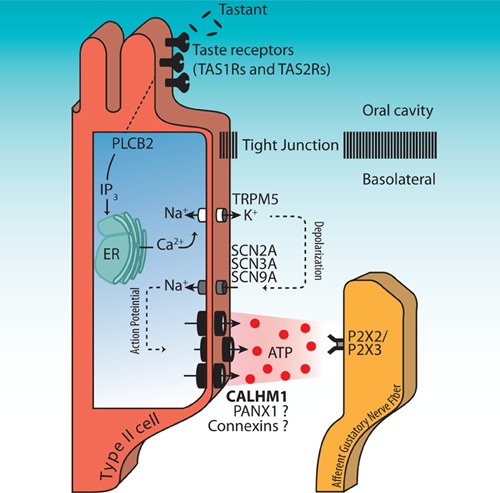
Sweetness, umami, and bitterness are transmitted to the nervous system via ion channel-mediated ATP release from taste cells. A recent study demonstrated that CALHM1 is essential for taste cell ATP release and perception of sweetness, umami, and bitterness. We discuss the new findings and unresolved issues in peripheral taste signaling.




